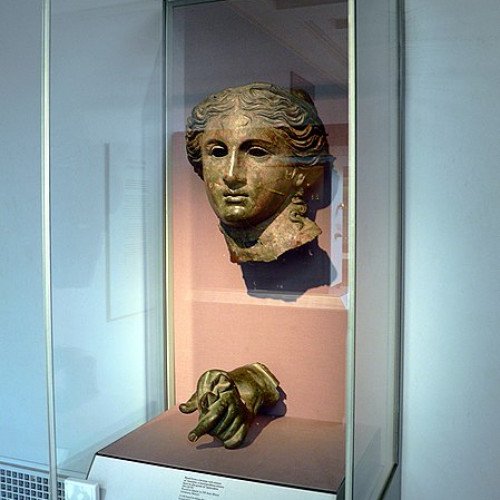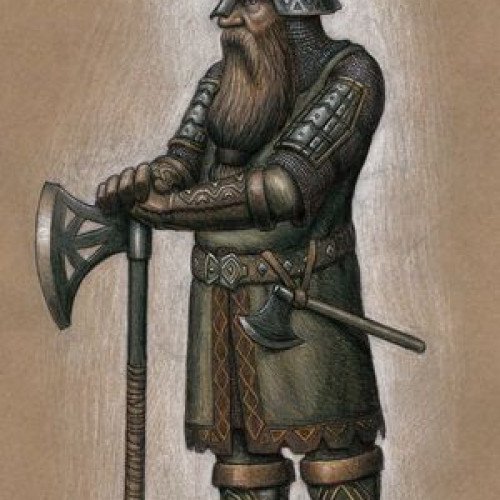Armenian mythology VS Dwarf (mythology)

Armenian mythology
Armenian mythology originated in ancient Indo-European traditions, specifically Proto-Armenian, and gradually incorporated Anatolian, Hurro-Urartian, Mesopotamian, Iranian, and Greek beliefs and deities.
Statistics for this Xoptio

Dwarf (mythology)
In Germanic mythology, a dwarf is a human-shaped (usually bearded) entity that dwells in mountains and in the earth. The entity is variously associated with wisdom, smithing, mining, and crafting. Dwarfs are sometimes described as short and ugly, although some scholars have questioned whether this is a later development stemming from comical portrayals of the beings. Dwarfs continue to be depicted in modern popular culture in a variety of media. In the mythological and later fantasy literature context, the term is sometimes pluralized to dwarves (a usage popularized by J. R. R. Tolkien) to better distinguish from everyday persons with dwarfism.